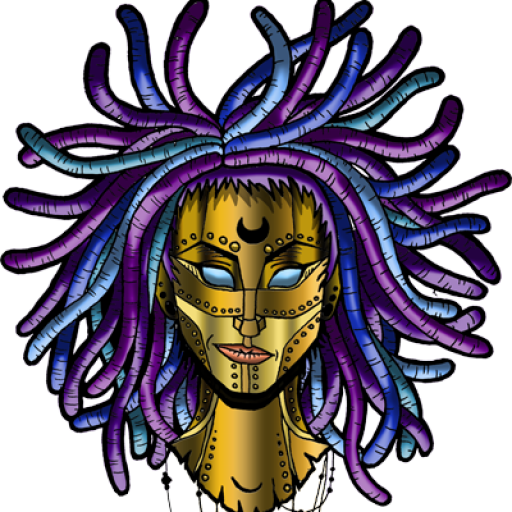 Backcombed dreads seem to be the most common method of achieving dreads as it is the most publicized method out there. It is the method shown on both the DreadHeadHQ and KnottyBoy websites. Many people, using only these two sites for reference assume it is the only way that dreadlocks can be placed.
Backcombed dreads seem to be the most common method of achieving dreads as it is the most publicized method out there. It is the method shown on both the DreadHeadHQ and KnottyBoy websites. Many people, using only these two sites for reference assume it is the only way that dreadlocks can be placed.
Backcombing involves sectioning the hair and using a comb (DreadHeadHQ sells an EXCELLENT dread comb) to tease the hair in each section up towards the roots (thus “back”-combing) creating an (often puffy, crazy-looking) cylinder of knotted hair. The process is repeated for each section. Our preference is to follow backcombing with crochet, which can help to minimize puffiness and give a neater, tidier results right from the beginning. Often doing this will also minimize the awkward baby dreadlock stages.
We do not generally recommend backcombing as a singular technique. Many people starting their own locks at home use this technique as it is the easiest, most easily learned technique. However, we feel other methods (Rip & Twist) are much better for DIY locks. Backcombing involves the use of a dread comb, as mentioned earlier, to arrange the hair perpendicularly along a central strand of hair (see diagram at left). However, because of this arrangement, over time (like everything else on our planet) it is affected by gravity and the ‘knots’ can, and often do, begin to migrate downwards. This leads to loose, undreaded hair in the middle of a dreadlock or the entire unraveling of a dreadlock altogether. The use of rubber bands can help prevent total unraveling, but not the development of loose, straight hair in the middle of a dreadlock and can lead to bulbous dreadlock ends. Due to this arrangement as well, backcombing is also believed to lead dreadlocks to have/develop excessive bumps, loops, and zig zags as compared to other methods. Ideally, backcombing should be followed with crochet.
Of course, just like every other method of dreading, using a residue-free shampoo (or homemade version) is a MUST to facilitate the locking process and prevent dread rot! For an explanation of the criteria for SAFE dreadlock shampoo(s) check out the page about Shampoo & soaps and for and general advice on washing dreadlocks check out the Washing page!
|
Pros
|
Cons
|
